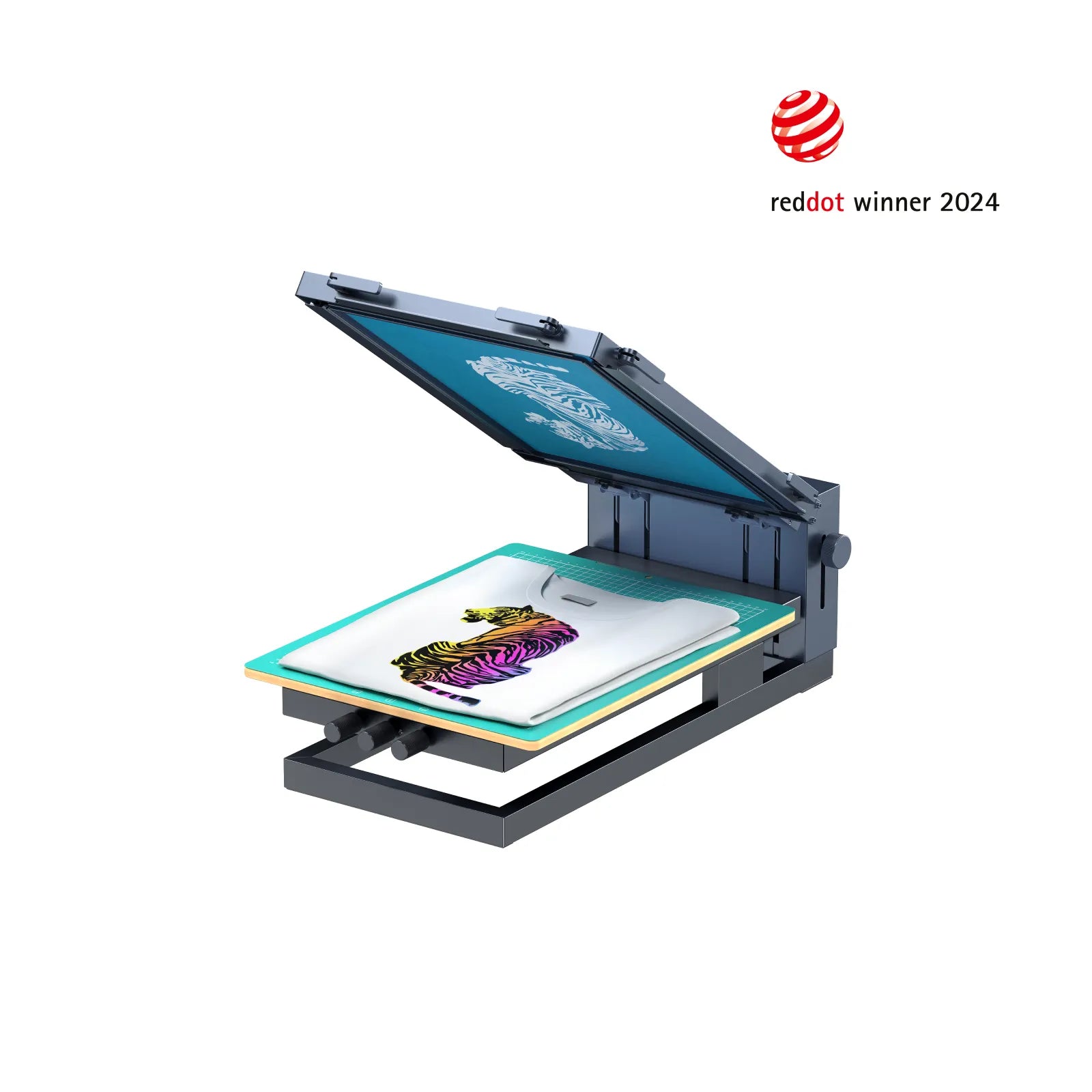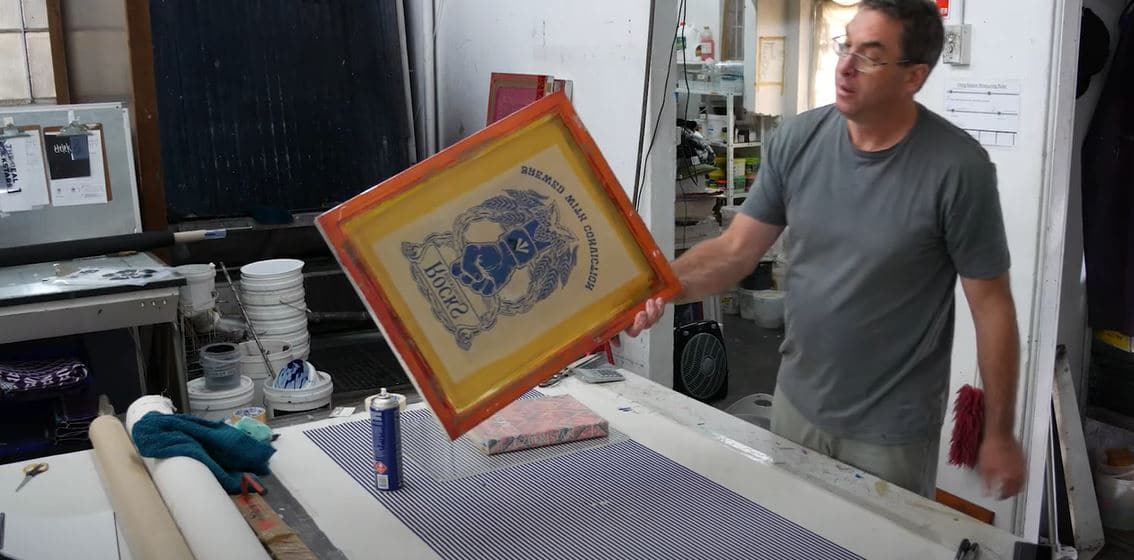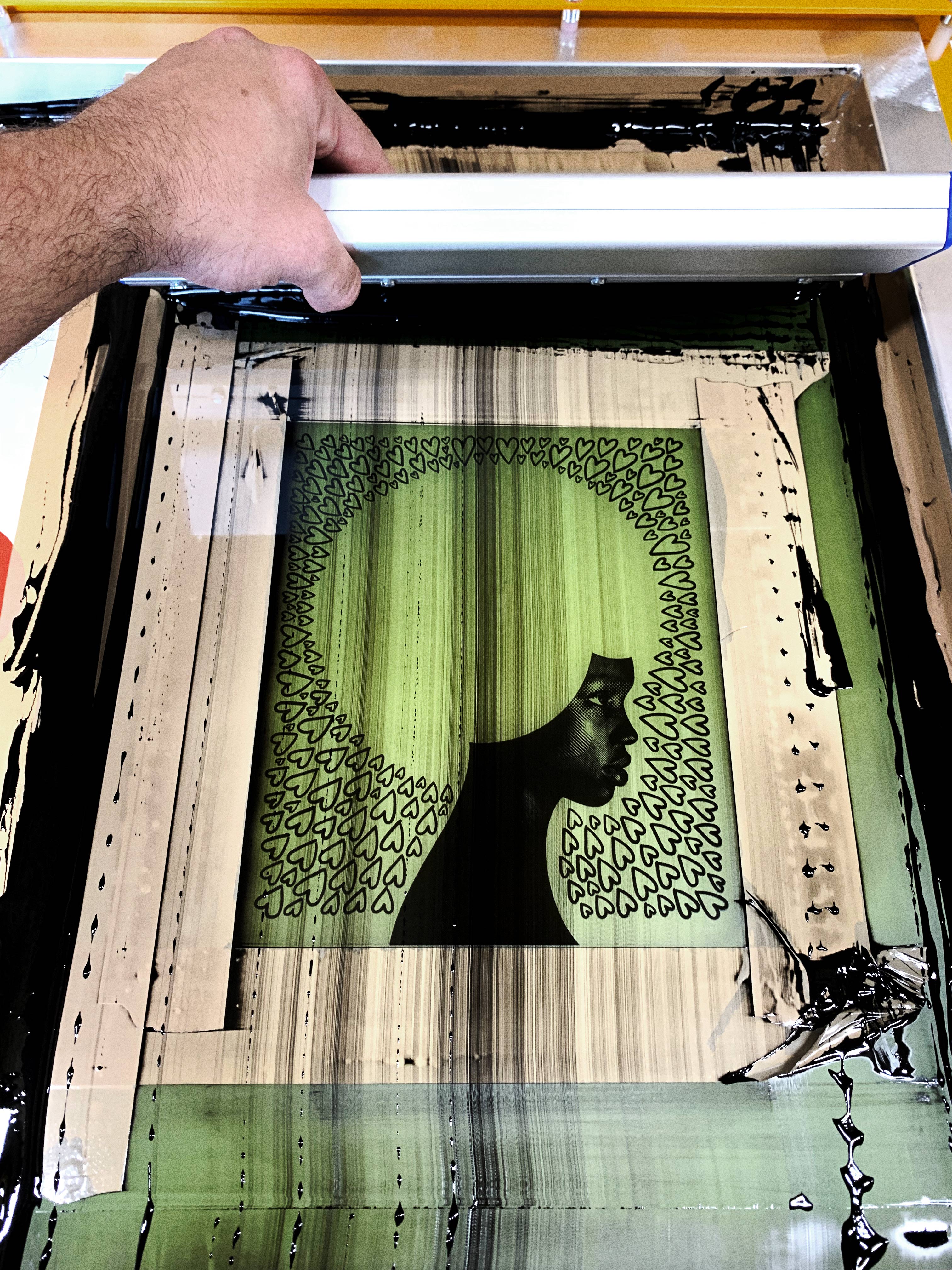ChatGPT said: How 10:9 Design Texas is redefining the screen printing industry
The Vital Overview to Understanding Screen Printing and Its Versatile Uses
Screen printing has an abundant background that goes back to ancient times, developing into an innovative technique used throughout numerous industries today. This overview discovers the ins and outs of the screen printing procedure, describing its applications in advertising, fashion, and home décor - 10:9 Design Screen Printing Texas. Understanding these principles can open imaginative capacity for both business and creative tasks. The following sections will certainly disclose vital ideas and techniques to boost one's screen printing endeavors
The History of Screen Printing
Although screen printing has origins that map back centuries, its evolution mirrors the technical and creative advancements of various cultures. Stemming in old China, the method was originally made use of for embellishing textiles and later infect Japan, where it ended up being important to Ukiyo-e woodblock printing. The approach shifted to Europe in the 18th century, where it gained appeal amongst artisans and business printers. The development of photo solution in the 20th century changed screen printing, enabling even more detailed designs and higher performance. Artists like Andy Warhol further thrust its popularity, making use of the tool to develop renowned jobs that combined commercialism and art. By the late 20th century, screen printing had actually developed itself as a versatile technique, used in vogue, advertising, and great art. Today, it proceeds to develop, incorporating electronic technology and increasing its applications throughout different markets.
The Screen Printing Process Explained
Screen printing changes creative visions into substantial layouts with a series of precise actions. Initially, a photo is developed and after that moved onto a screen, typically constructed from fine mesh textile extended over a frame. A light-sensitive solution is applied to the screen, which is subjected to light, setting in areas not covered by the picture. After washing out the unhardened solution, a stencil is created.
Next off, the screen is put over the substrate, whether it be material, paper, or one more material. Ink is after that pushed via the open locations of the stencil using a squeegee, depositing the design onto the substrate below. This process can be repeated for several colors, calling for different screens for each color. The published thing is cured using warmth to guarantee the ink sticks effectively, resulting in a resilient, vibrant layout all set for usage.
Sorts Of Screen Printing Techniques

Additionally, specialty techniques, such as discharge screen printing, eliminate color from the fabric to develop softer prints, while foil screen printing applies metal foil to achieve a glossy coating (10:9 Design LLC Company). Each technique uses unique characteristics, dealing with various innovative demands and production scales, eventually broadening the opportunities within the screen printing domain
Applications of Screen Printing in Various Industries

Furthermore, the signage and advertising sectors use screen printing for creating appealing displays and banners. This technique permits strong shades and intricate styles that record attention. In electronic devices, screen printing is used for applying conductive inks to circuit boards, important for element connections. The home decoration sector welcomes screen printing to produce distinctive layouts on fabrics and wall surface art. Generally, screen printing functions as an important tool across varied areas, improving products with individualized and visually enticing graphics.
Tips for Effective Screen Printing Projects
While undertaking a screen printing job, cautious focus to information more info can significantly boost the final result. First, choosing top notch materials is essential; this consists of the screen, inks, and substrates. Using proper mesh counts can influence ink deposition and detail resolution. Prep work is similarly essential; extensive cleansing of displays and appropriate direct exposure times guarantee crisp prints.
Next off, precise registration is crucial for multi-color prints. Making use of placement devices can help achieve precise layering. Furthermore, testing prints on scrap products before manufacturing helps identify potential concerns without losing resources.

Frequently Asked Inquiries
What Materials Are Best for Screen Printing on Fabric?
Cotton and polyester blends are perfect for screen printing on fabric due to their durability and ink absorption. Furthermore, specialized textiles like silk or canvas can create unique textures and coatings, boosting the total style quality.
Just how Do I Clean and Maintain Screen Printing Tools?
To maintain and cleanse screen printing equipment, one must routinely clean displays with suitable solvents, examine mops for wear, lube moving components, and store all products in a dry, dust-free environment to lengthen their life-span.
What Are the Environmental Impacts of Screen Printing?
Screen printing can have considerable ecological impacts, including chemical waste from inks and solvents, water usage during cleaning processes, and energy usage. Lasting techniques and eco-friendly materials are important for decreasing these negative impacts.
Can Screen Printing Be Done at Home Successfully?
Screen printing can be properly done at home with the appropriate products and techniques. Hobbyists can create quality prints, though success depends on their skill level, equipment, and understanding of the process entailed.
What Are the Expenses Related To Starting a Screen Printing Service?

Starting a screen printing service entails costs for equipment, materials, and office. First expenditures normally vary from a few hundred to numerous thousand dollars, depending on the range, quality of equipment, and wanted manufacturing ability.
Screen printing has a rich history that dates back to ancient times, evolving right into an advanced strategy made use of throughout numerous industries today. One more strategy, rotary screen printing, uses cylindrical displays, facilitating constant printing on material rolls, thereby enhancing effectiveness for large-scale productions. Furthermore, specialized strategies, such as discharge screen printing, remove dye from the fabric to create softer prints, while foil screen printing applies metal aluminum foil to attain a glossy surface. In the style field, screen printing is commonly utilized to produce dynamic styles on clothing, making it possible for brand names to showcase their unique styles. Cotton and polyester blends are ideal for screen printing on fabric due to their sturdiness and ink absorption.